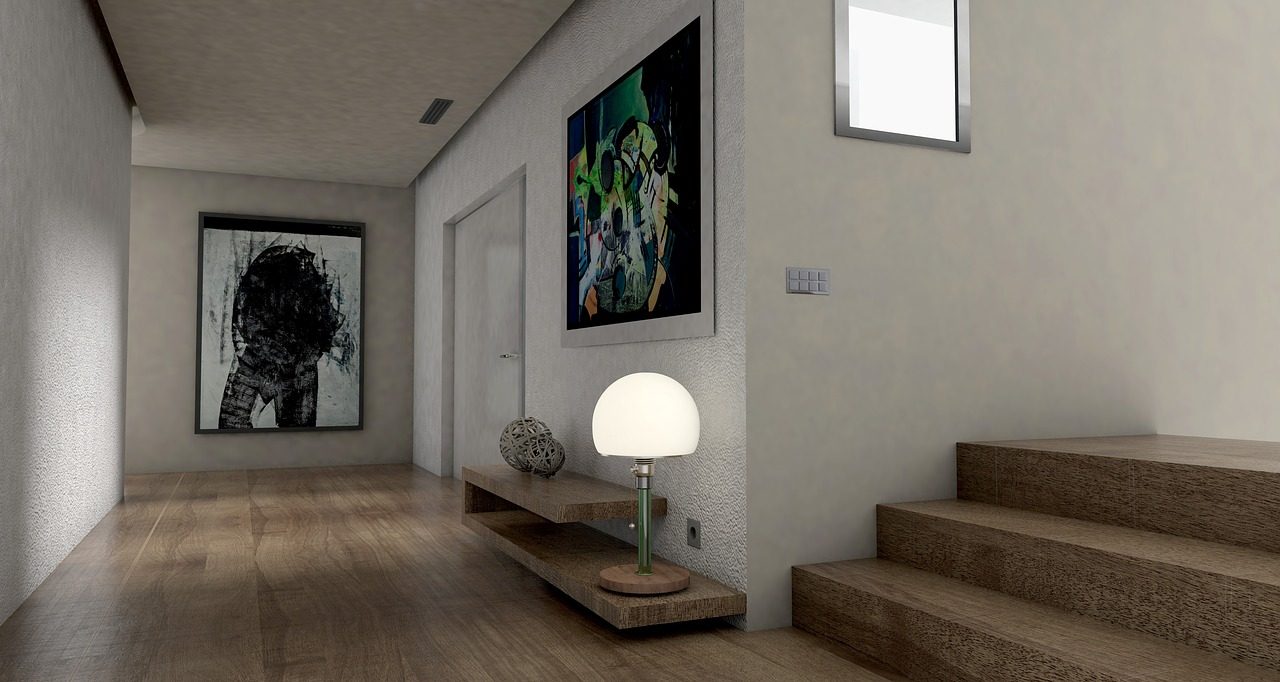
Hardwood floors are one of the most beautiful features a home can have. Their natural patterns, warm tones, and timeless look can instantly elevate a space. But along with those benefits comes one natural challenge: wood moves. Because hardwood is an organic material, it expands and contracts with changes in moisture and temperature. That means gaps between boards are common, especially during the dry winter months.
The good news is that with proper preparation and care, you can prevent or at least minimize those gaps. Let’s break down the steps you can take to protect your investment and keep your floors looking seamless year-round.
Why Hardwood Floors Develop Gaps
Wood is not static. Even after it is milled into flooring planks, it remains hygroscopic, which means it absorbs and releases moisture from the surrounding air. This constant exchange affects the size of the boards.
- In winter, low humidity pulls moisture out of the planks. As the wood contracts, small gaps often appear.
- In summer, higher humidity levels cause wood to swell, sometimes creating pressure at the edges or slight buckling.
Since these seasonal shifts are a natural part of wood’s behavior, the goal is to manage environmental factors and prevent extremes.
Step 1: Proper Preparation Before Installation
Good floor installation begins with good preparation. One important factor is the finish applied to your hardwood. Beyond enhancing the grain and color, a finish creates a protective barrier that helps regulate how much moisture the wood absorbs or releases.
Common hardwood finishes include:
- Stains and dyes
- Sealers and primers
- Toners and shade coats
- Fillers for pores and imperfections
When applied professionally, finishes balance the wood’s moisture intake and make your floors more resilient to seasonal shifts.
Step 2: Acclimate Your Hardwood
Acclimation is one of the most overlooked steps in flooring installation. Hardwood should not be installed the same day it is delivered. Instead, it needs time to adjust to your home’s conditions.
How to properly acclimate hardwood flooring:
- Store it in the room where it will be installed.
- Run your HVAC system at its normal household settings.
- Stack boards in a log-cabin formation to allow airflow between them.
- Let the wood acclimate for 7 to 10 days before installation.
If this step is skipped, the flooring may contract or expand dramatically once installed, leading to shrinking, gapping, or even buckling.
Step 3: Manage Indoor Humidity
The most effective way to control hardwood gapping after installation is to regulate indoor humidity. Ideally, hardwood floors thrive in homes that maintain a 35 to 55 percent relative humidity range.
Ways to keep humidity consistent:
- Use a humidifier during dry winter months.
- Avoid over-ventilating or running exhaust fans excessively.
- Keep your HVAC system well-maintained.
- In humid climates, consider a dehumidifier to prevent swelling.
By managing moisture levels, you are keeping your floors comfortable and reducing the seasonal stress that causes gaps.
Step 4: Choose the Right Type of Hardwood
Not all hardwood reacts the same way to changes in moisture. The species, plank width, and construction all make a difference.
- Solid hardwood: More prone to movement since it is a single piece of wood.
- Engineered hardwood: Designed with multiple layers that make it more stable in fluctuating conditions.
- Narrow planks: Show less noticeable gapping compared to wide planks.
If your home is in an area with significant seasonal humidity changes, engineered hardwood may be a better choice to minimize visible gaps.
How to Fix Gaps if They Happen
Even with the best care, small gaps can still appear. The good news is that most are temporary and will close up again as humidity rises. But if you notice persistent or wide gaps, here are some solutions:
- Humidify the air – Often, adding moisture back into the environment will allow boards to expand and close the gap.
- Wood filler – For minor, permanent gaps, a professional can use filler that matches the floor’s finish.
- Board replacement – If gaps are large or caused by improper installation, replacing boards may be necessary.
- Professional refinishing – Sanding and refinishing can help tighten up floorboards and give your floors a fresh look.
It is always best to consult with a flooring professional before attempting a fix, as the wrong solution could cause more damage.
Long-Term Care for Hardwood Floors
Preventing gaps is not just about installation. It is also about ongoing care. A few habits will go a long way in protecting your floors:
- Sweep or vacuum regularly to prevent dirt buildup between boards.
- Avoid excessive wet mopping, as water can seep into seams.
- Use rugs or mats in high-traffic areas to reduce wear.
- Keep indoor temperatures consistent, ideally between 60 and 80 degrees.
With routine maintenance and controlled indoor conditions, your hardwood floors can stay strong and beautiful for decades.
Hardwood flooring is a living material that responds to its environment. Gapping is a natural occurrence, but with careful installation, humidity management, and proper maintenance, you can minimize the problem and enjoy flawless floors year-round.
Contact Designer Wood Flooring
At Designer Wood Flooring, we specialize in high-quality hardwood products and professional installation. Whether you are considering pre-finished or unfinished hardwood, solid or engineered options, our team can help you choose the best flooring for your home.
Contact us today to get a free estimate and get started on your next project.



